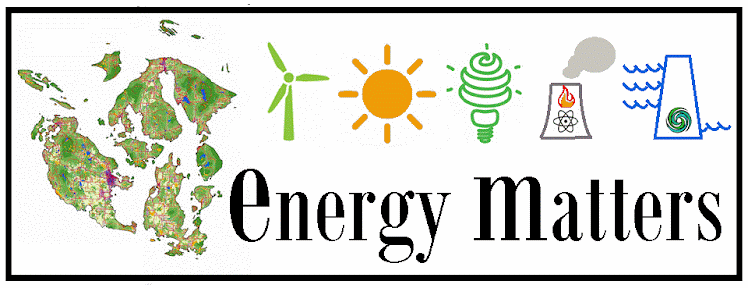On Saturday November 3, over 430 residents of San Juan
County packed the gymnasium at Friday Harbor High school during a three hour
meeting to provide scoping comments to the Environmental Impact Statement (EIS)
for the proposed coal terminal at Cherry Point in Bellingham. The comments were overwhelmingly against the
project. Of 85 speakers, only three were
pro-terminal. Most of attendees wore red to show solidarity, and the audience
raised their hands and signs in respectful, silent support of each other's
comments for three hours straight.
The purpose of the scoping meeting was to elicit comments
from the public which will be used to determine what factors to analyze and
what extent they are considered in the environmental impact statement (EIS). Under
the State Environmental Protection Act (SEPA), EIS is required because there is
likely to have a significant environmental impact on the quality of the human
environment. The EIS is being conducted by consulting firm CH2M HILL for three
co-lead agencies: the U.S. Army Corps of Engineers, Whatcom County and
Washington Department of Ecology. Representatives of the three agencies were
present at the meeting, and listened to comments in the public forum.
The scoping period is an
extremely important part of the EIS process because it is in scoping, and only
in scoping, that the extent and scope of the EIS are determined. It is a time
for citizens to ask that the EIS cover all impacts that are important to us.
Once the scoping period is over on January 21, this window of opportunity is
closed.
Memorable public comments at the
meeting included:
- · Marine biologists and other scientists discussed how Orcas and other species are already on in dire straits, and even without an accident the impact of additional noise, pollution, and loss of food supply will kill them off.
- · Local business owners discussed the devastating impact a vessel breach and oil or coal spill might have on the local economy, which is based largely on tourism and real estate.
- · Retired ferry captain Kenny Burtness who has navigating our waters over 10,000 times in his career commented on his professional experience how treacherous our narrow channels can be – in stark contrast to descriptions of our waters as deep and easy to navigate by a pro-terminal commenter.
- · Izzy Pikting Cheung, a young Chinese exchange student studying at Spring Street School shared a heart-wrenching story of her friend in a coal-polluted province who has not seen a bird or a tree with leaves since she was a child because of poisoned air, water and soil.
- · A Lopezian seal (Andre Entermann) showed up to express concerns about impacts of an oil spill from the hundreds of thousands of gallons of bunker oil carried on these vessels; and Lopezians Irene Skyriver, Kyra Dyer, and Callie North sang at the podium song of connection with nature.
- · Three Council members commented on the environmental and economic impacts on the San Juan Islands.
- · Our local National Park Service director highlighted federal mandates to protect our lands and waters.
